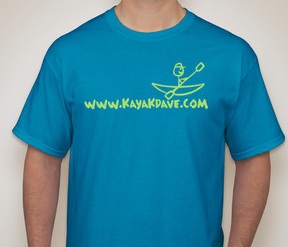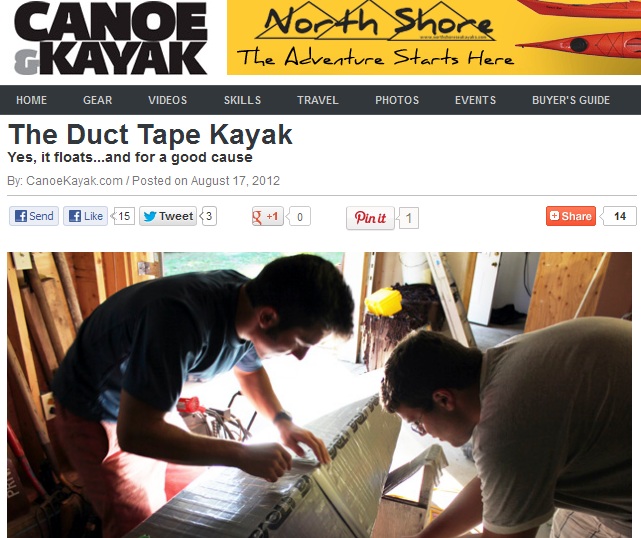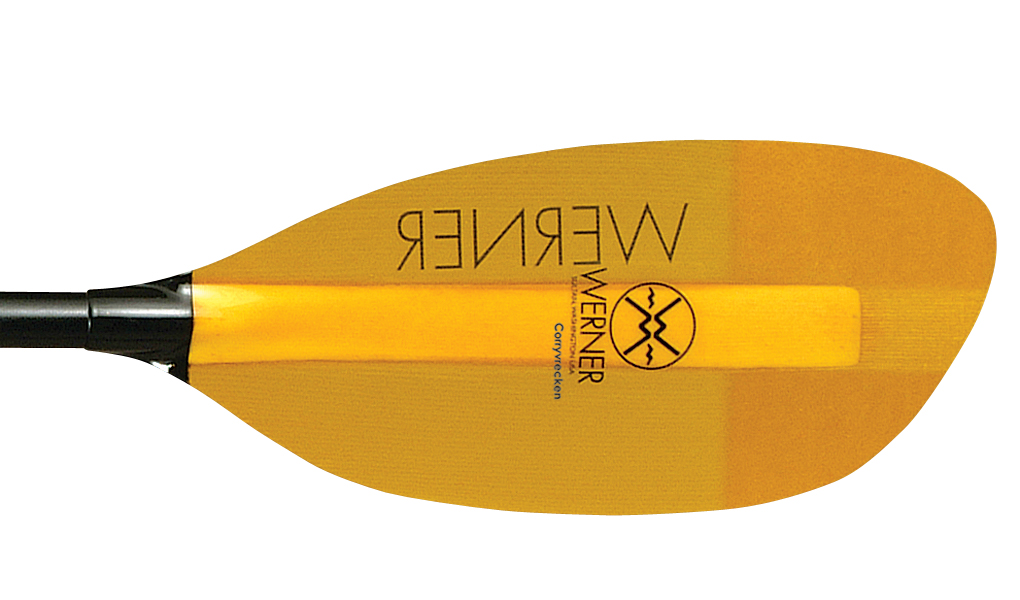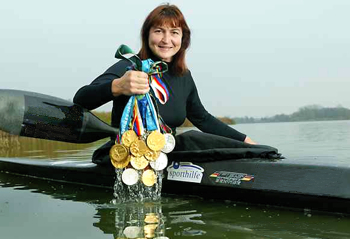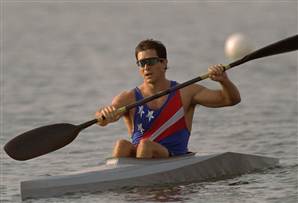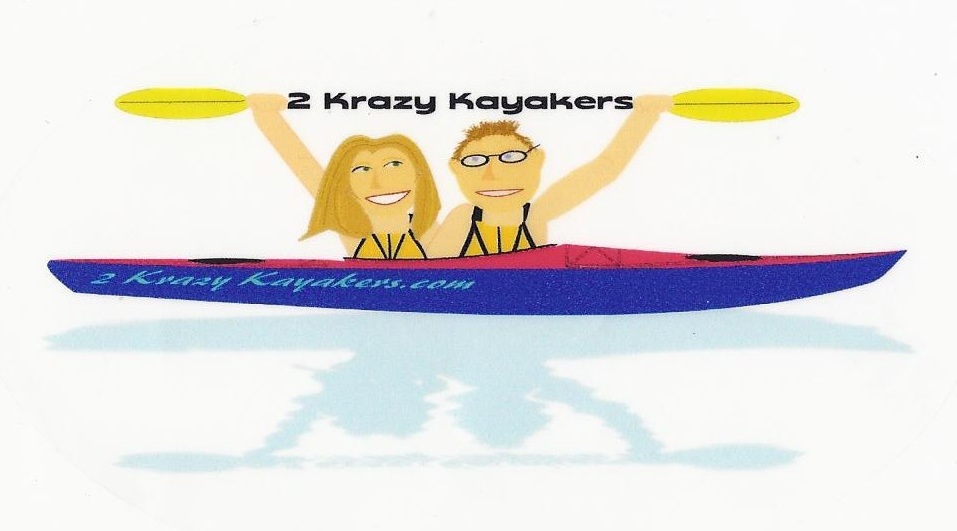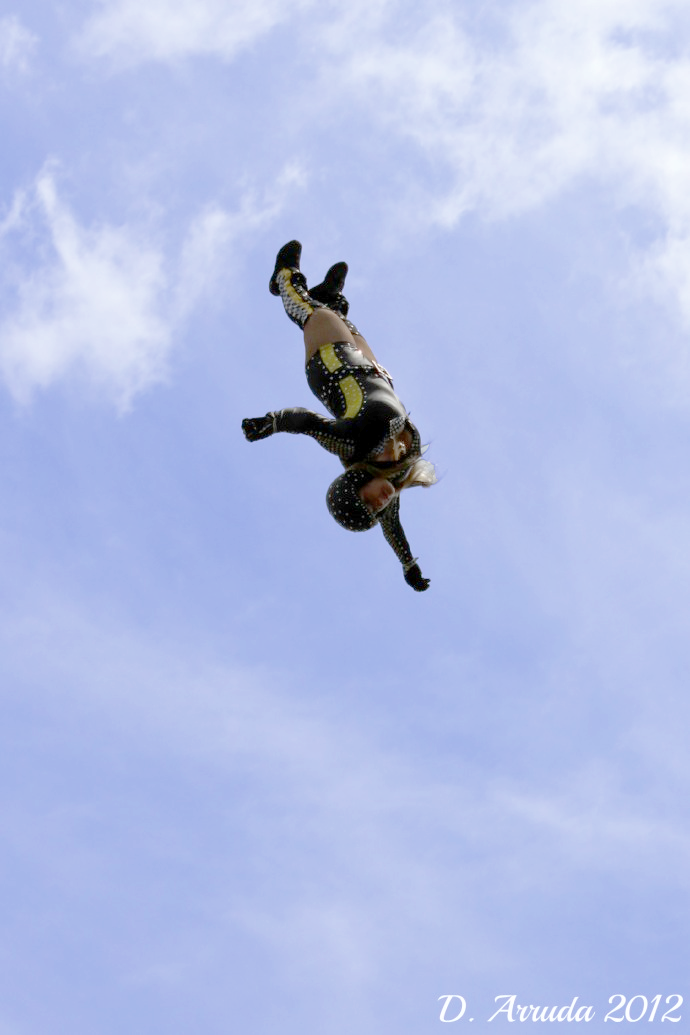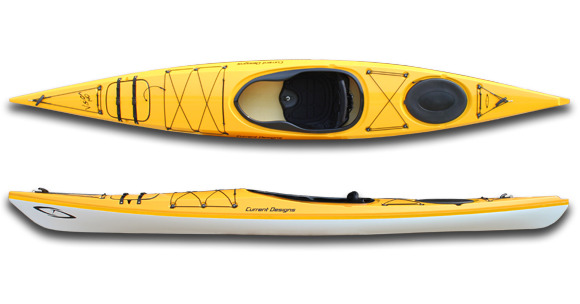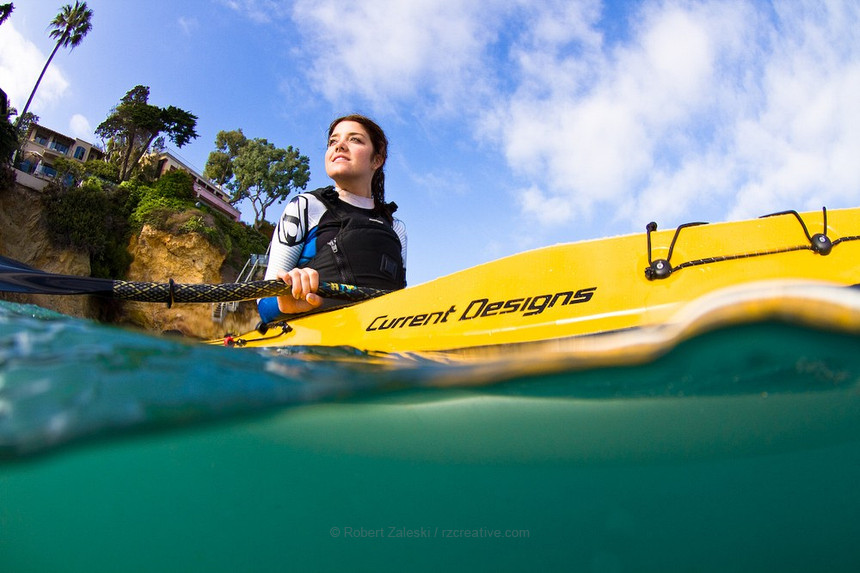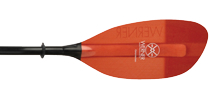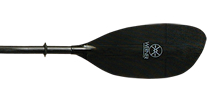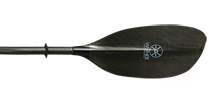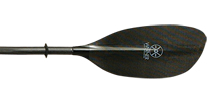Despite your best efforts to stay dry while kayaking, you and your gear (even items stowed in dry bags and in hatches) will, at some point, get wet! Moisture is certainly the bane of a kayak camper’s existence. There’s nothing worse than pulling up to your favorite island campsite to unpack a perfectly dampened sleeping bag.
There’s no hiding the fact that down insulation and moisture do not mix. Wet down loses its loft and insulating ability and can take a long time to dry out especially in a moist environment. For that reason kayak campers the world over have relied on the more moisture friendly Primaloft insulation at the cost of increased weight and greatly decreased packability. However, we may be experiencing a change of the tides as Sierra Designs just announced the release of their revolutionary DriDown technology at this summer’s Outdoor Retailer’s Show!!!
Click here to watch a YouTube video discussing DriDown Technology
I’m excited about DriDown for a lot of reasons. They claim that the technology stays dry 10-times longer, retains 170% more loft when moist, and dries 33% faster than untreated down. Although these claims of improved performance are exciting, they must be confirmed and tested by unbiased reviewers before we throw any celebration back-flips! Second, there’s no doubt that DriDown will be more packable than Primaloft and that this alone will earn high marks from kayak campers. Third, DriDown also offers a renewable alternative to synthetic insulations as it’s a natural resource and no petroleum products are used in the treatment process. Finally, the DriDown slogan, “It’s hydrophobic so you don’t have to be”, is directly from a kayaker’s heart!
Sierra Design has incorporated DriDown into a number of new products including the men’s Zissou and women’s Elanor sleeping bag lines and in various insulated jackets.
I’d love to do a head-to-head comparison of a DriDown sleeping bag versus a Primaloft sleeping bag for the KayakDave.com readership in the near future so stay tuned and I’ll see what I can do!
-Kayak Dave



